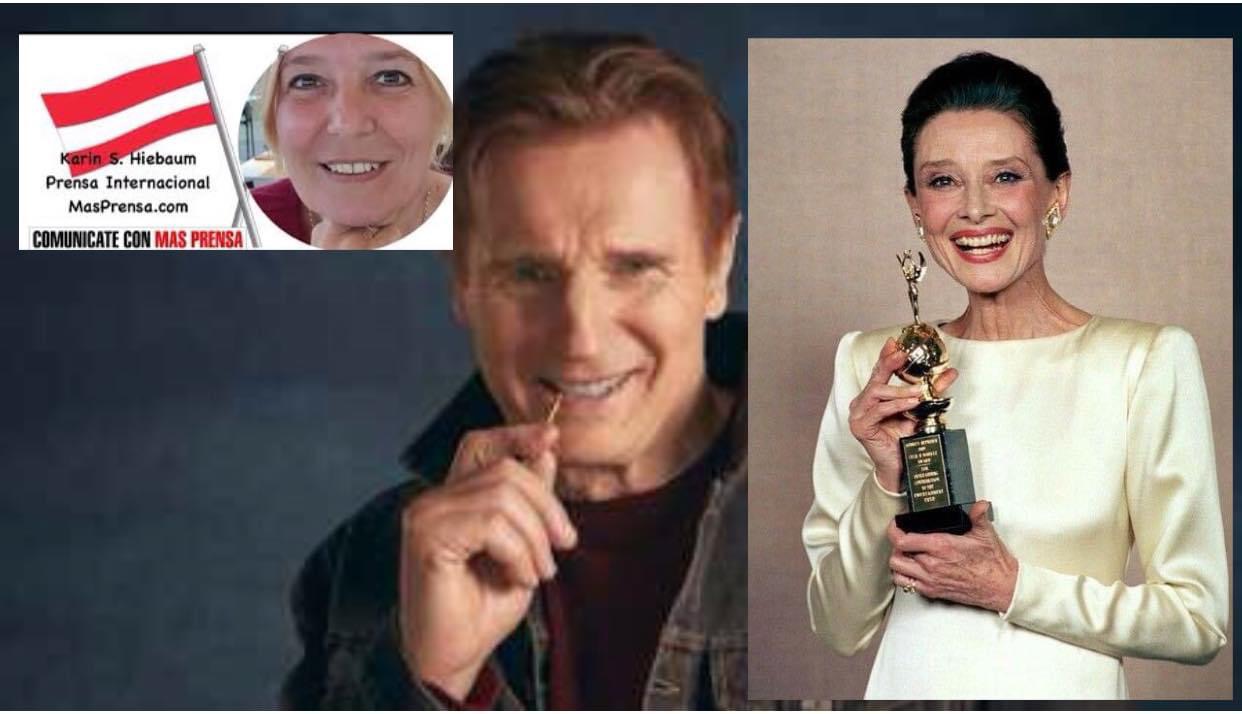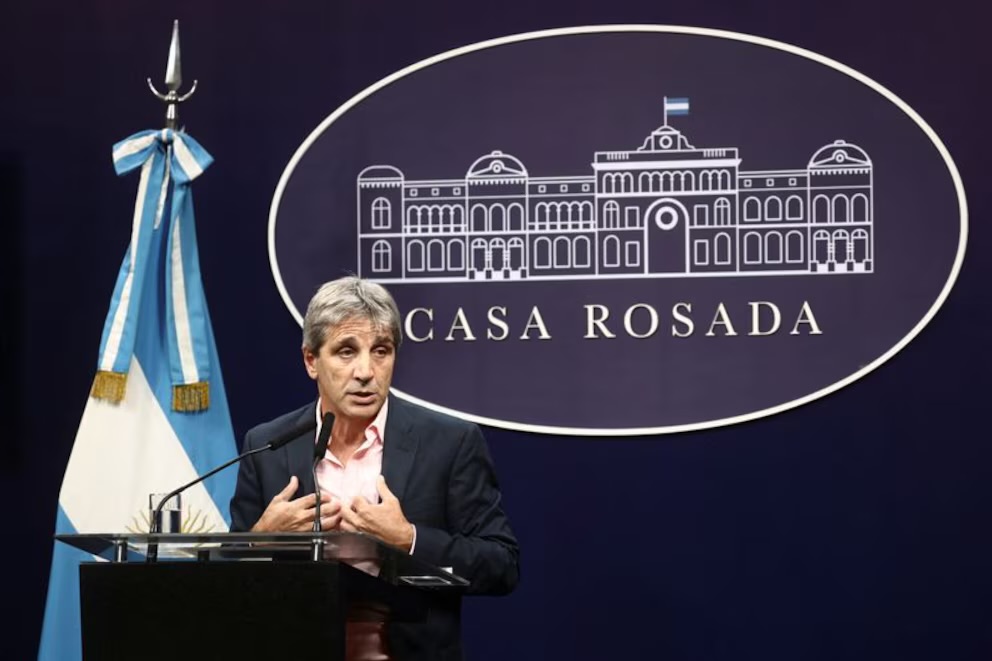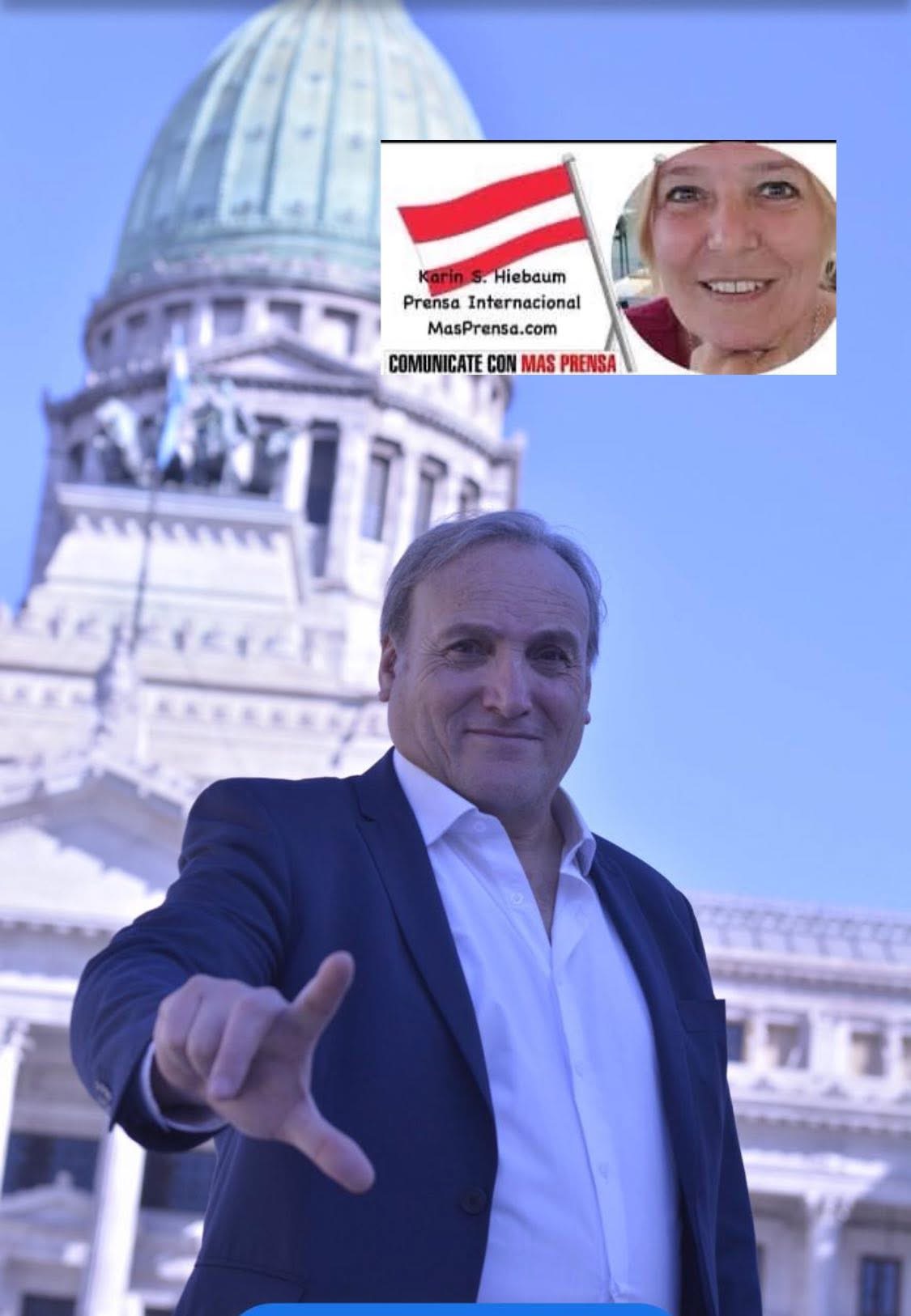
Two artists who before their eyes demonstrate the innocence of incredible loyalty and authenticity. Two greats who did not lose their essence and humanism in order to reach the top of Hollywood. Two examples of loderqzgo where they were not sold in their essence to where they arrived. Two Unicef Ambassadors, pending for another.
Audrey Hepburn, leadership lessons
There are celluloid stars who could well give leadership classes to stars from Harvard or Yale. Not everything in cinema is frivolity (Hollywood) or politics (Spain). These are stereotypes. There are real diamond sparkles in Audrey Hepburn, for example. He had breakfast behind Tiffany’s window, had lunch with the business tycoons and even had dinner at the White House. But in the different facets of his complex personality – with the appearance of simplicity – there are many lessons that are worth reviewing to complete the leadership models that today and now the great management gurus propose to us.
If there is a wrong conception of what is understood by intellectual class, Audrey Hepburn is the paradigm that culture and intellect go hand in hand. That only intelligence, reflection and thought cannot be considered as the property of writers, thinkers and philosophers.
Those who still believe that this is the case, should not only update their perception of reality, but be convinced that the authentic revolutions of thought always come from the conjunction of several elements, including what happens on the street, the suffering of peoples and the need for change. And this has been picked up by exactly as great narrators and novelists as film directors. The role of actresses and actors who give life to real or fictional stories, are also an unavoidable part of the culture. They are weavering pieces of history.
The legend became flesh.
Audrey Hepburn (1929 – 1993) was a British actress of the golden age of Hollywood, considered by the American Film Institute (AFI) as «the third largest female legend of American cinema.» In reality, they should extend that weighting to what it was from world cinema, without any kind of doubt.
Her talent as an actress as well as her personal look, which denoted simplicity and proximity, revolutionized the way of making films on the part of women who had never been practiced until then, in which the naturalness of the actress completely annulled the star that always wanted to be looked for in the protagonists. Hepburn breaks that myth and gives it the character of a woman of flesh and blood, sensitive and vulnerable. It has precisely been his apparent fragility in all the papers he has undertaken, which conveyed the message that what is seen is not what is worth, but what the packaging contains. The firmness and determination that goes beyond whether a person is a man or a woman.
Like all the great personalities of culture, there is much more behind the screen, of everything we don’t know more than by investigating his biography. Hence, their thoughts, attitudes and sensitivities must be taken into account as in that of other celebrities who stood out in their profession.
When he affirms that «the best thing to hold on to life is to have each other,» he says in a subtle but clear way that love is the key to that will to live.
She belonged to that battered generation of the interwar period of the twentieth century, because both her childhood and adolescence were marked by the outset of World War II, a trauma that would accompany her for the rest of her days.

The important thing was not if she competed throughout her life with a few other privileged women in terms of style, presence and fashion. To her without intending to, it arose naturally. She marked style and many women longed to look alike and put on what she wore. But his strength lay within him, because in the face of the frivolity of those who highlighted only those superficial aspects, he responded in a forceful way that «beautiful eyes look for the good in others… the precious lips speak only words of kindness, and to achieve balance you have to walk with the certainty that you are never alone.»
Hepburn did not understand life alone but in good interpersonal relationships, especially in the intimate relationship of a couple. But in the end, unhappiness ended up appropriating his personal life, so in the last stretch of his existence he sought comfort in charitable work, becoming an «Ambassador of Good Will» of UNICEF.
Hepburn applied that sentence of Gandhi that said: «Audacity is necessary for the development of other noble qualities,» because he showed that a woman’s courage is not at odds with her apparent weakness or physical insecurity. He was very clear about the person he was and who he wanted or could be. The difference between the two starred as if it were a film, with its way of acting in life not in the set sets of the Hollywood years of the great productions.
At the end of the eighties on his travels around the world representing UNICEF, Hepburn made a great effort to raise awareness about children in need. She understood too well what it was like to go hungry, since she had lived it in her own flesh in the Netherlands during the German occupation.
As was the case with more than one personality, he won a special prize, in this case from the Hollywood Academy in 1993 in recognition of his humanitarian work; but he did not live long enough to receive it, because he died on January 20, 1993, at his home in Tolochenaz, Switzerland, after a battle with colon cancer.
The movie for which she is most remembered ‘Breakfast at Tiffany’s’ (which was translated as ‘Breakfast with Diamonds’, 1961) by Blake Edwards, can perfectly be a remake of her own life, since she embodies a woman who wants to forget her past, she feels banished from everywhere; but the most incredible thing is that she does not feel a desire to belong to any person. He is only interested in feeling free. It is accompanied by a soundtrack that is impossible to forget (Moon River, 1961) by Henry Mancini and Johnny Mercer, which go to the character like a ring to the finger. A woman in search of her eternal happiness that will finally get her in the celluloid in this movie, being the real paradox of her own life in which she never, according to her closest relatives, managed to find her.
In the words of his son Sean Hepburn in an interview with him in Marbella during a gala against AIDS, he said that «nothing is as it looks and looks. My mother’s life wasn’t easy and I even got to eat dog cookies to kill the hunger.» In reference to his childhood in the Nazi-occupied Holland. But the crazy and excessively liberal young New Yorker who gave a special touch of color to the city of skyscrapers in ‘Breakfast with Diamonds’ was three months pregnant during the filming of what would be her son Sean.
Showing off her feelings and thoughts, Audrey Hepburn moves us when she says that «when you don’t have anyone who can make you a cup of tea… when no one needs you… that’s when I think life is over.»
I pointed out at the beginning of this blog the misunderstandings between intellectuality, culture and plain people. I learned from people like Hepburn that the real teaching of our life comes from our tendency to emulate good examples. Of her, much more important than her stardom that she never sought, is in the human condition that underlies all her actions, words and thoughts. And this… THIS IS CULTURE

Liam Neeson, the ageless action hero
With a leadership character – a tough personality in front of the camera but analytical and authentic behind the scenes
After the image of the tough guy of his cinematographic characters, we discover a philosophical and compassionate soul
Neeson has been acting since the age of 11, when he accepted a role in a school play to show off with a girl in his native Northern Ireland. He has always put compassion and attention to everything he does, from performances to personal relationships and the education of children. He grew up with the conviction that everyone mattered and that doing things well was worth it. In addition, he comments, «there was a war in the place where I lived for 30 years.» Consequently, Neeson is not a person who does things halfway, who is squeaked or who considers benevolence to be something natural.
Neeson is tall, has big hands like loaves of bread and a deep voice, and he could enter anywhere and make others feel uncomfortable for pleasure. On the other hand, it does the opposite. He strives to create tranquility in his environment, to welcome, to help… a vestige of his humble working class roots, when getting ahead required a constant effort without complaints. It is not surprising that, over the decades, Neeson has played all the variety of possible father figures: all the men who do the unspeakable to resist and lead while facing their painful and failed humanity. He has played the Holocaust hero Oskar Schindler, the Scottish popular hero Rob Roy, the tormented and kind Jean Valjean of Les Misérables, of Victor Hugo and the Jedi master Qui-Gon Jinn (the first Jedi in the Star Wars universe to manifest his conscience after death). Neeson even gave voice to the animated lion of the series The Chronicles of Narnia, in an impressively paternal character: God himself. He has also played Zeus (Clash of the Titans, 2010).
We can name a lot of movies he has made over the years, but on today’s topic we can talk about his role in The Grey.

1) The film analyzes Liam Neeson’s leadership as the leader of a group of 7 survivors of a plane crash in Alaska who are haunted by wolves.
2) Liam Neeson takes a style of democratic leadership by allowing the group to participate in decisions although he makes most of the decisions.
3) Although Neeson has knowledge about survival in that habitat, he is not always right and the survivors are dying one by one despite following him.

And then there is Taken, the revenge thriller in which Neeson becomes the symbol of all the warrior parents who once dreamed of imparting justice on behalf of their mistreated daughters and wives. It is a film that became a franchise and that, thanks to the consecrated and sublime performance of Neeson, raised to the level of an action film what could have been a conventional police film with a small budget. It also gave rise to a new genre of action movies starring older adults (or «geri-action»), something that Neeson finds very funny.
«When they send me an action script,» he tells me, «I tell my agent: ‘There are seven fight scenes. I kill a lot of guys who need to be killed. Do the producers know how old I am?'»
This does not mean that Neeson intends to retire. When you come from a place where conflicts are the norm, where circumstances remind us every day that life is cruel and fortuitous, you don’t give up when you take the lead, even if you are about to turn 70. His touch with death in the year 2000 – after a terrible motorcycle accident in which his pelvis was fractured and the doctors did not expect the night to pass – did nothing but confirm what Neeson always knew: you have to take advantage of every day, and do it with the awareness that we are less special than lucky.
Where is he now?
A person of Northern Irish and American world. A worldly being and already looking forward to seeing his own films!




